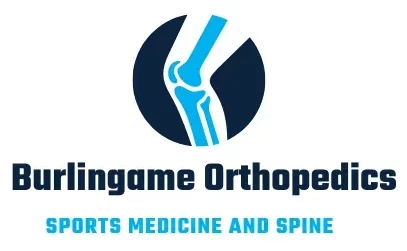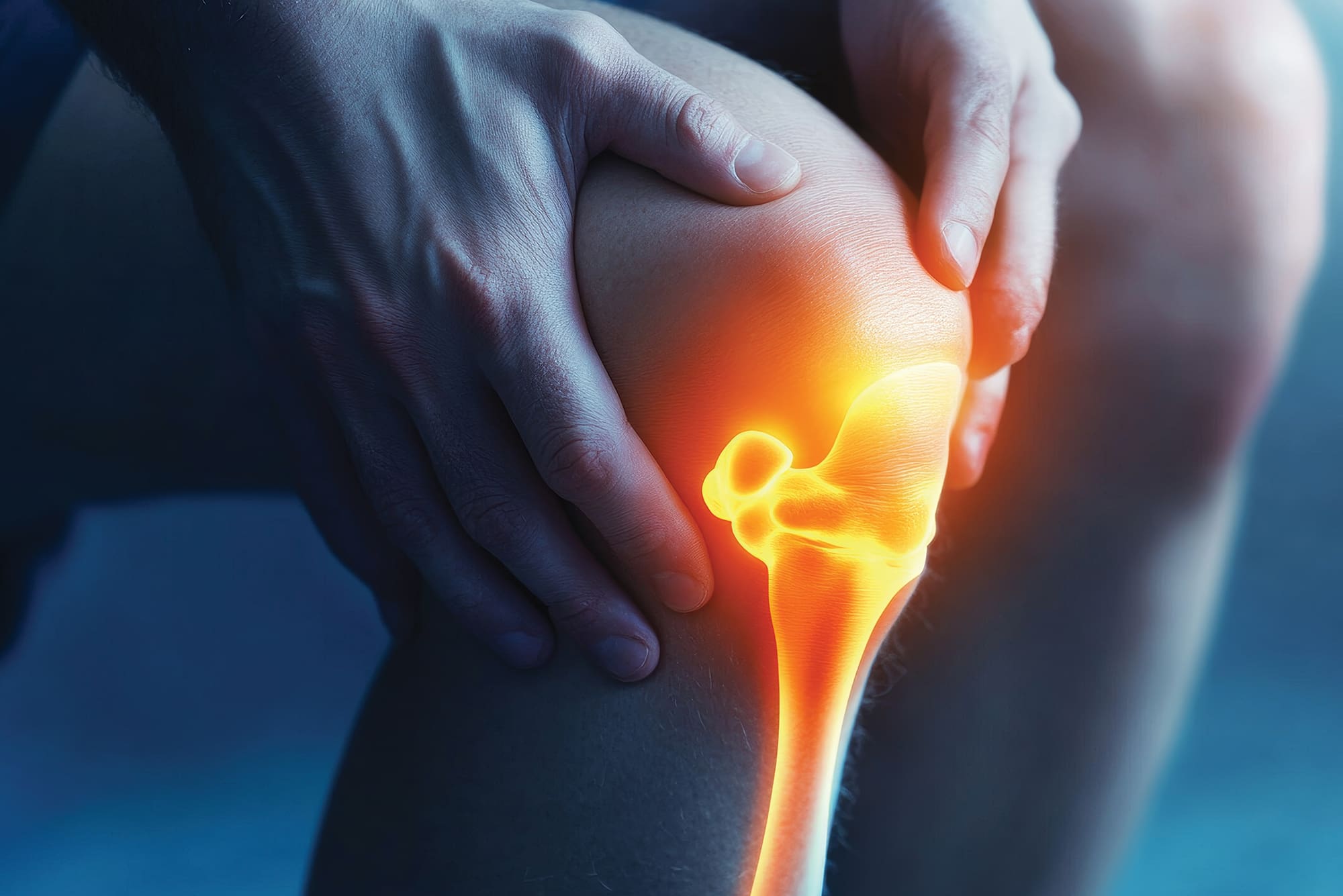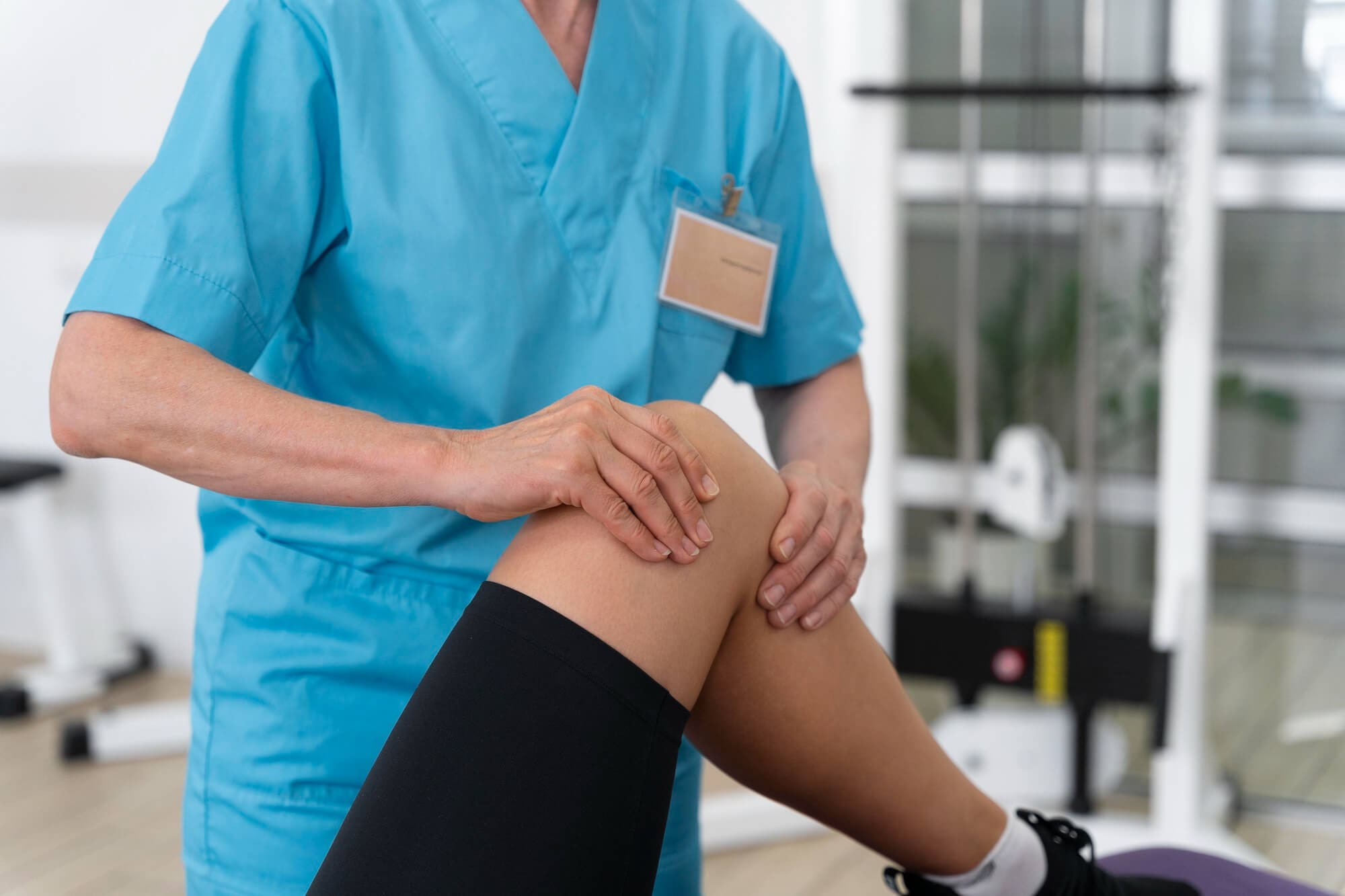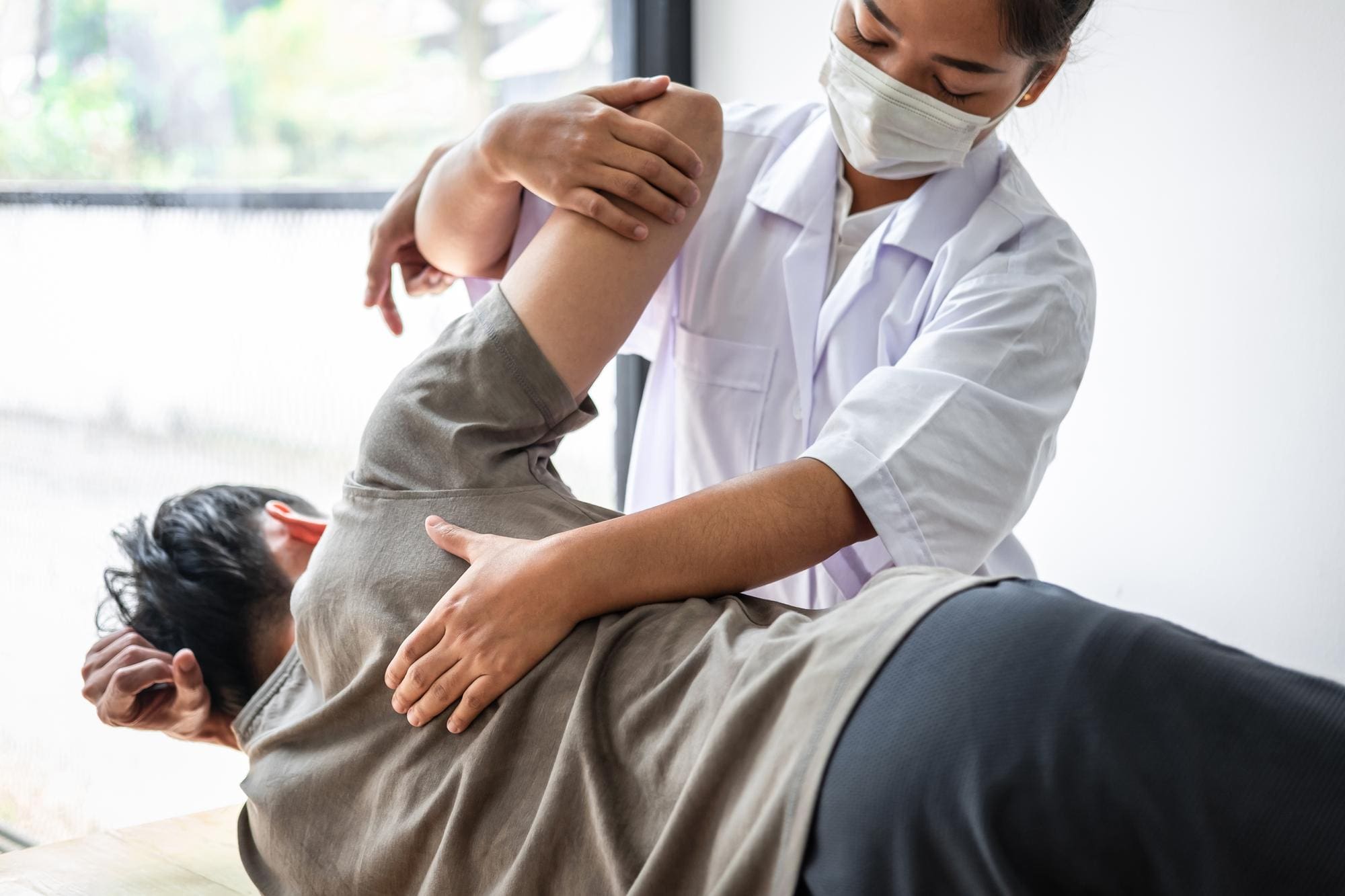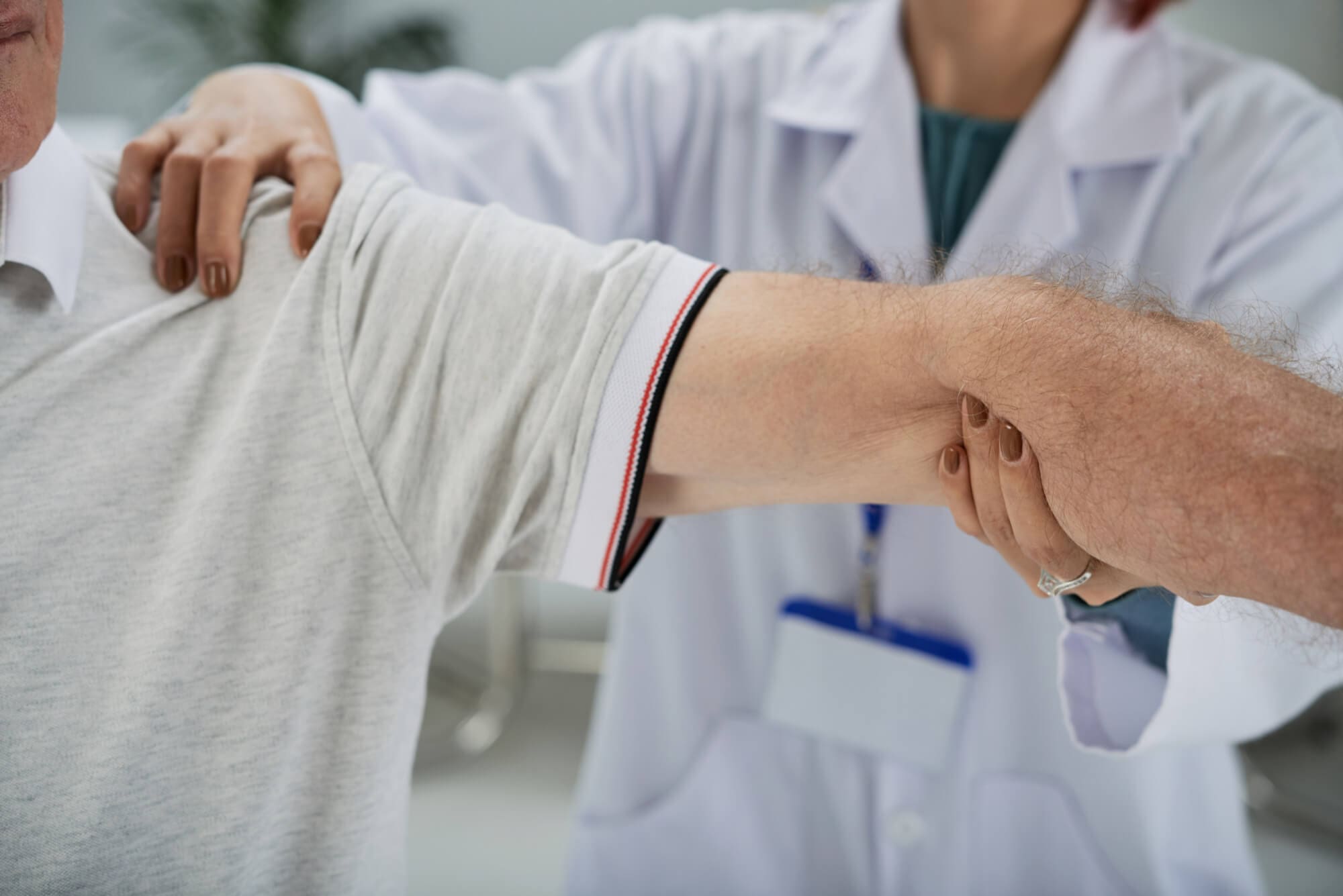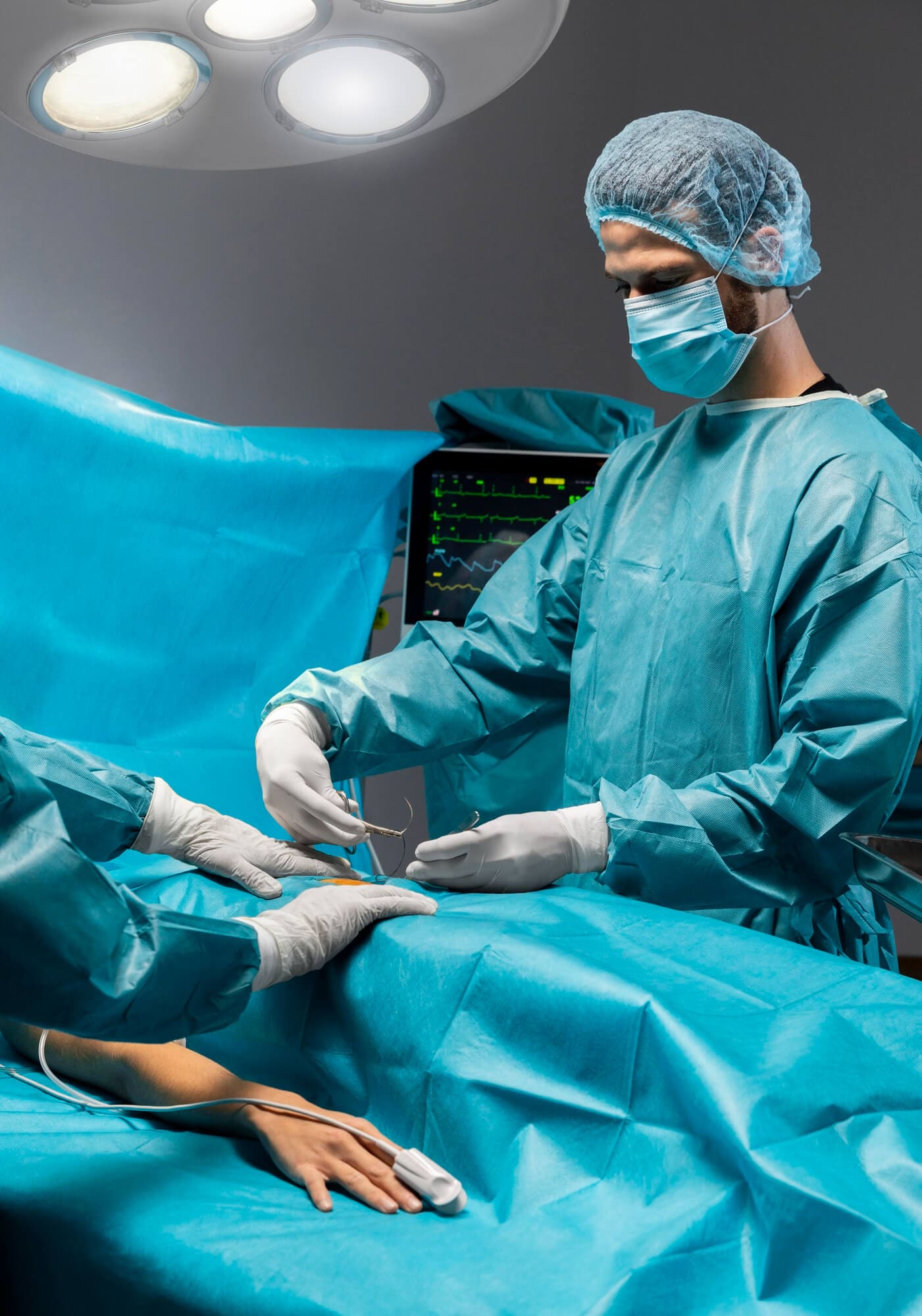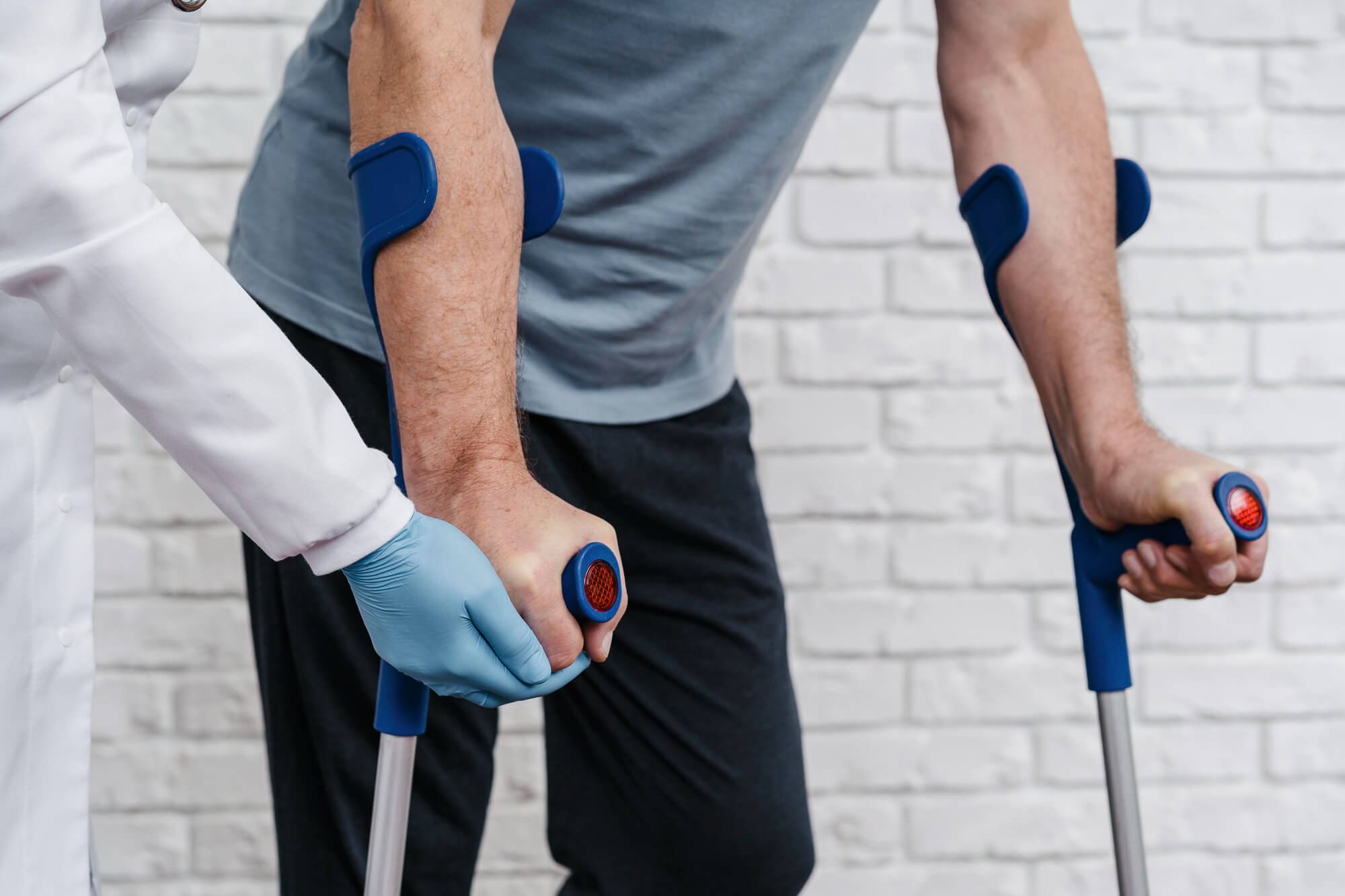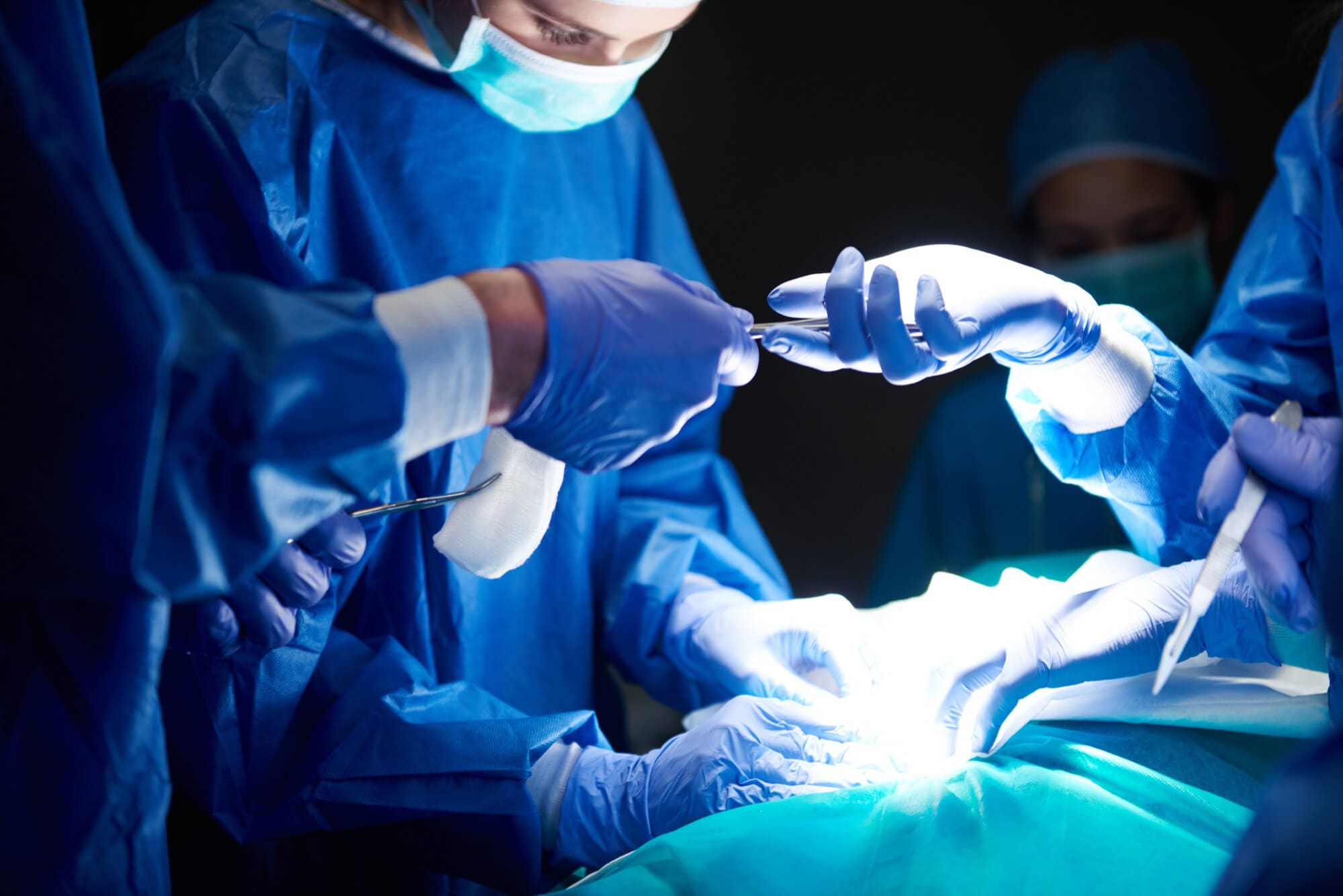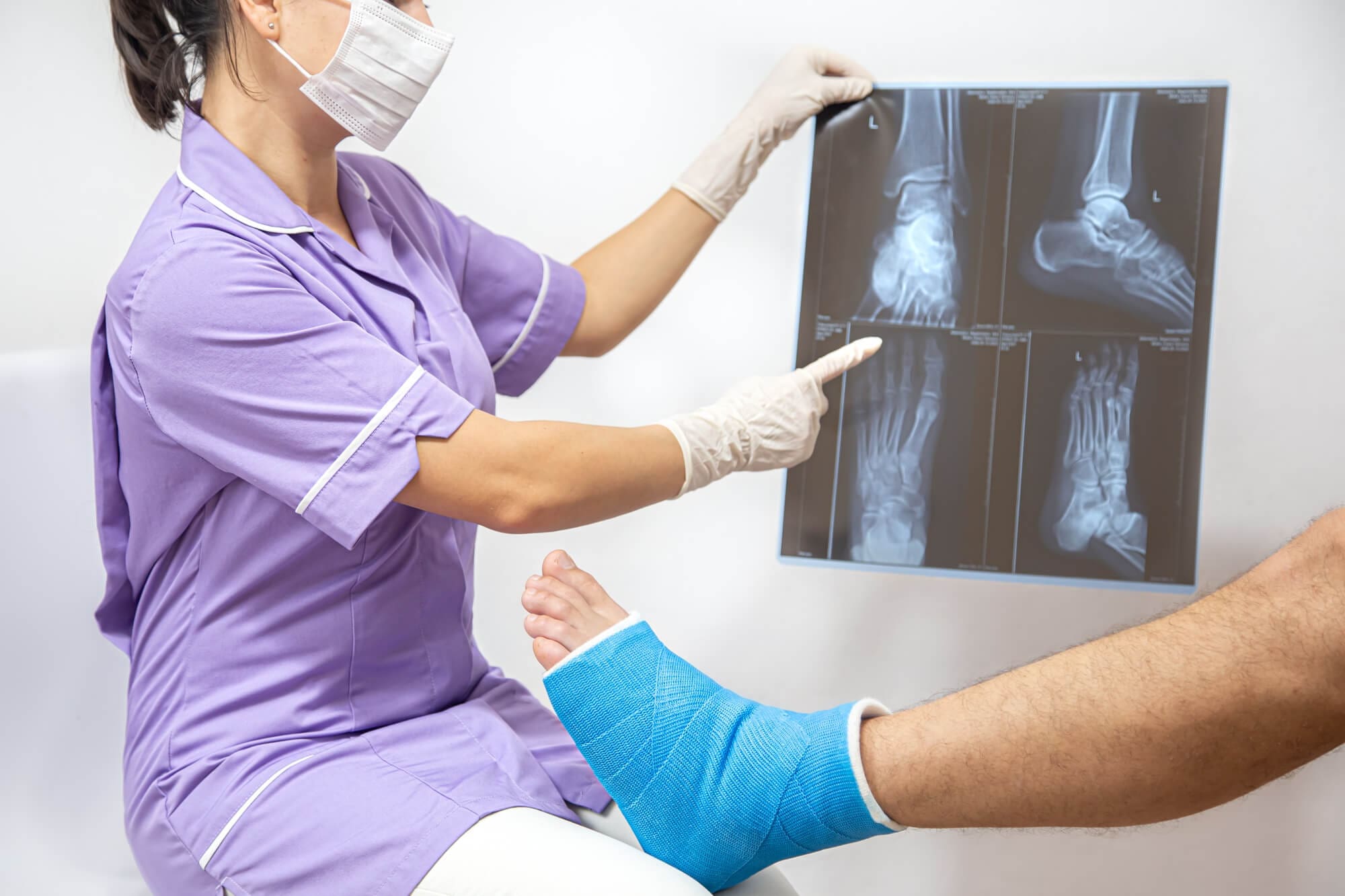
A fracture, commonly known as a broken bone, occurs when excessive force is applied to a bone, causing it to crack or break.
Fractures vary in severity, from stress fractures—small cracks in the bone—to complex fractures that involve multiple pieces of bone.
At Burlingame Orthopedics, our board-certified, fellowship-trained orthopedic surgeons specialize in fracture care and trauma management, offering personalized medical attention to ensure proper healing and restore function.
With in-office X-rays and same-day appointment availability, we ensure fast diagnosis and treatment, helping you start the healing process without unnecessary delays.
We offer fracture care and trauma management at our clinic in Burlingame, CA in both hospital settings and ambulatory surgery centers (ASC).
For inquiries, call (650) 692-1475 or request an appointment online.
Types of Bone Fractures
Fractures vary in complexity and require targeted treatment strategies to ensure proper healing and full recovery. Some of the most common types of fractures include:
- Simple fractures: Clean breaks where the bone remains aligned.
- Closed fractures: The skin remains intact despite the break.
- Unstable fractures: The bone fragments shift, requiring immediate fracture reduction.
- Radial shaft fracture: A break in the forearm bone, often due to falls.
- Pelvic fracture: A serious injury that can affect mobility and internal organs.
- Stress fractures: Small cracks due to repetitive stress, common in athletes.
- Open (Compound) fractures:The bone pierces through the skin, increasing the risk of infection – this is an emergency and should be seen immediately in the emergency department.Initial Treatment and Diagnosis
Not sure if your injury is a fracture or a sprain? Learn how to tell the difference in our article: Fractures vs. Sprains: How to Tell the Difference.
Recognizing the signs of a fracture early can help prevent complications. Common symptoms that indicate the need for urgent fracture care include:
- Severe pain
- Swelling
- Bruising
- Deformity
- Inability to bear weight
- Audible cracking sound at the time of injury
When you arrive at Burlingame Orthopedics with a traumatic injury, our team will assess the severity of your condition using physical exams and in-office X-rays for accurate diagnosis.
The initial treatment depends on the type of fracture:
- Closed reduction: Non-surgical realignment of the bone.
- Skeletal traction or skin traction: A technique that uses weights to stabilize the fractured bone.
- Immobilization: Braces, splints, or casts to protect the bone during the healing process.
- Pain relief: Medications to manage discomfort and inflammation.
- Weight-bearing modifications: Patients may need to use crutches, walkers, or other mobility aids depending on the location and severity of the fracture.
- Monitoring and imaging: Regular follow-up X-rays may be taken to track the healing process and adjust treatment as needed.
Surgical Procedures for Fracture Care
Some fractures require surgical intervention to ensure proper alignment and healing. Our board-certified orthopedic surgeons are skilled in advanced surgical care techniques, including:
- Internal fixation: The use of metal plates, screws, or rods to stabilize the bone
- External fixation: A frame outside the body to support the bone while it heals
- Fracture reduction: A surgical procedure to realign displaced bone fragments
- Soft tissue repair: Addressing injuries to muscles, tendons, or ligaments surrounding the fracture
Post-Surgical and Follow-Up Care
Follow-up care is crucial to ensure proper healing and prevent complications such as stiffness, weakness, or improper bone alignment. Regular check-ups allow our specialists to monitor progress, adjust treatment plans if necessary, and provide guidance on safely returning to daily activities or sports.
After the bone has healed, physical therapy plays a key role in restoring strength, flexibility, and mobility. Our team will guide you through a structured rehabilitation plan to regain function and prevent future injuries.
Why Choose Burlingame Orthopedics for Fracture Care?
- Expertise in Fracture Management: Our board-certified orthopedic surgeons specialize in diagnosing and treating all types of fractures, from simple fractures to complex fractures requiring surgical intervention.
- Same-Day or Next-Day Appointments: Get fast access to expert fracture care to begin the healing process without delays.
- On-Site Imaging: Our in-office X-rays provide immediate and accurate diagnoses, allowing for timely treatment of fractures.
- Comprehensive Treatment Options: We offer non-surgical treatments and advanced surgical care options.
- Personalized Recovery Plans: Every patient receives an individualized treatment approach, incorporating pain relief, physical therapy, and follow-up care for the best possible outcome.
At Burlingame Orthopedics, our team is dedicated to restoring mobility and function after a bone fracture. Our providers include:
Whether you need urgent medical attention for a traumatic injury or ongoing support through the healing process, our team is here to provide expert fracture care. Contact Burlingame Orthopedics today to schedule an appointment.
Schedule Your Appointment
Fractures require urgent medical attention—don’t wait to get the care you need. Contact Burlingame Orthopedics for same-day appointments, on-site imaging, and expert fracture treatment to ensure a smooth recovery.
To book an appointment at our orthopedic and sports medicine clinic in Burlingame, CA, call (650) 692-1475 or request an appointment online.
Conveniently Located for Easy Access
- Across the street from Mills Peninsula Hospital
- Private parking lot for hassle-free visits
- Easily accessible by Caltrain and local bus routes
Insurance and Payment Options
We accept a wide range of insurance plans to make high-quality orthopedic care accessible to you. Call our office to inquire about your specific insurance coverage and payment options. Our team is happy to assist you in understanding your benefits and ensuring you receive the care you need.
FAQs About Fracture Care
What is a fracture?
A fracture is a broken bone. The degree of the break can vary considerably, from a slight hairline fracture to a major break that sections the bone into many different pieces. You can fracture any bone in your body, but the most common areas tend to be the collarbone, ankle, and wrist. Fractures can happen during sports, when children play, during motor vehicle accidents, in workplace accidents, or in other accidents.
Am I at risk for a fracture?
If you are an athlete, you may be at risk for a fracture. Athletes, especially those who take part in contact sports, often place a lot of pressure on their bones, and fractures can be the result. Even non-contact sports like running can put considerable extra stress on your bones and potentially lead to fractures.
Another group that may be at risk for fractures is women over age 50. Fractures are prevalent in this group because women have less bone density than men; bone density decreases naturally with age. The less dense your bones are, the weaker and more prone to fracture they are.
Some other risk factors for bone fracture include:
– Excessive alcohol consumption
– Cigarette smoking
– Rheumatoid arthritis
– Type 1 diabetes
– History of fractures
Some of these risk factors are controllable, so you must take all necessary precautions to avoid fractures. Be sure to use safety equipment when you play sports, get the medical support you need for chronic conditions, and avoid smoking and drinking alcohol to minimize your chances of fracture in the future.
What can I expect during a fracture care visit?
The specifics of your fracture care appointment depend on the type of fracture, its location, and your symptoms. Often, the Burlingame Orthopedics team recommends immobilizing the fracture to allow it to heal. This may involve a brace, sling, or cast.
Your provider may recommend surgery if your fracture isn’t likely to heal properly on its own. By setting the bone properly during surgery, you will have the best chance of full healing and a better chance of avoiding reinjury in the future. A major part of fracture care and recovery is physical therapy. We can refer you to a physical therapist who can help you build strength while learning how to use your newly repaired bones safely.
